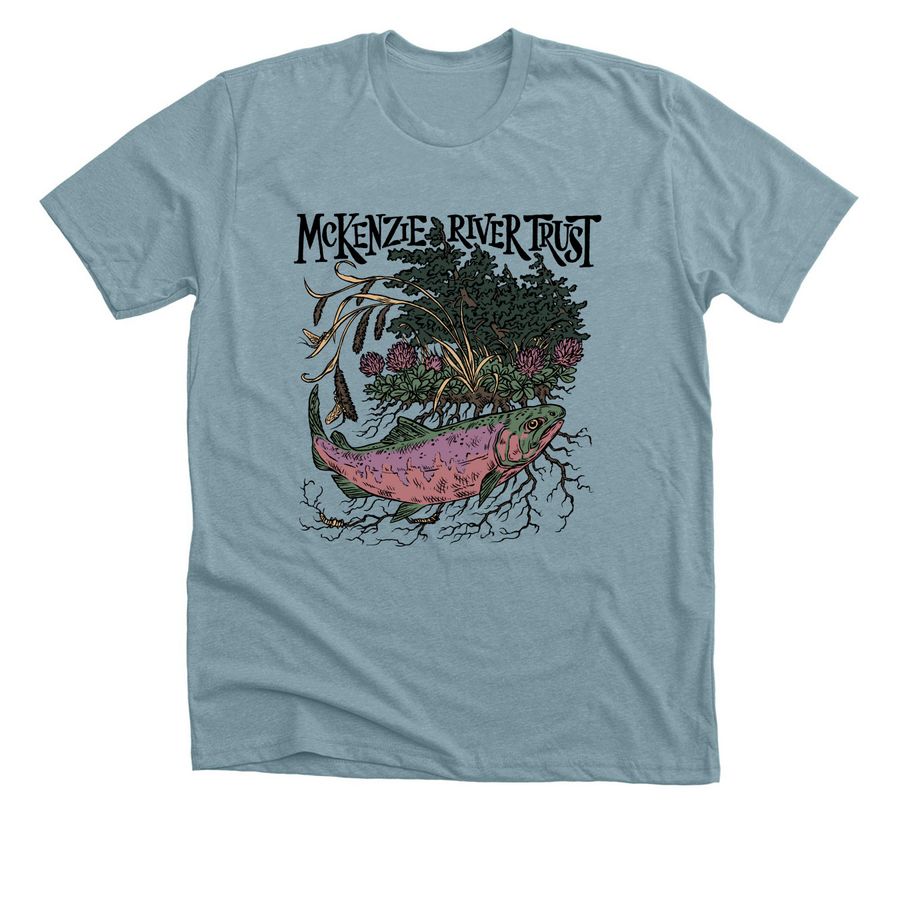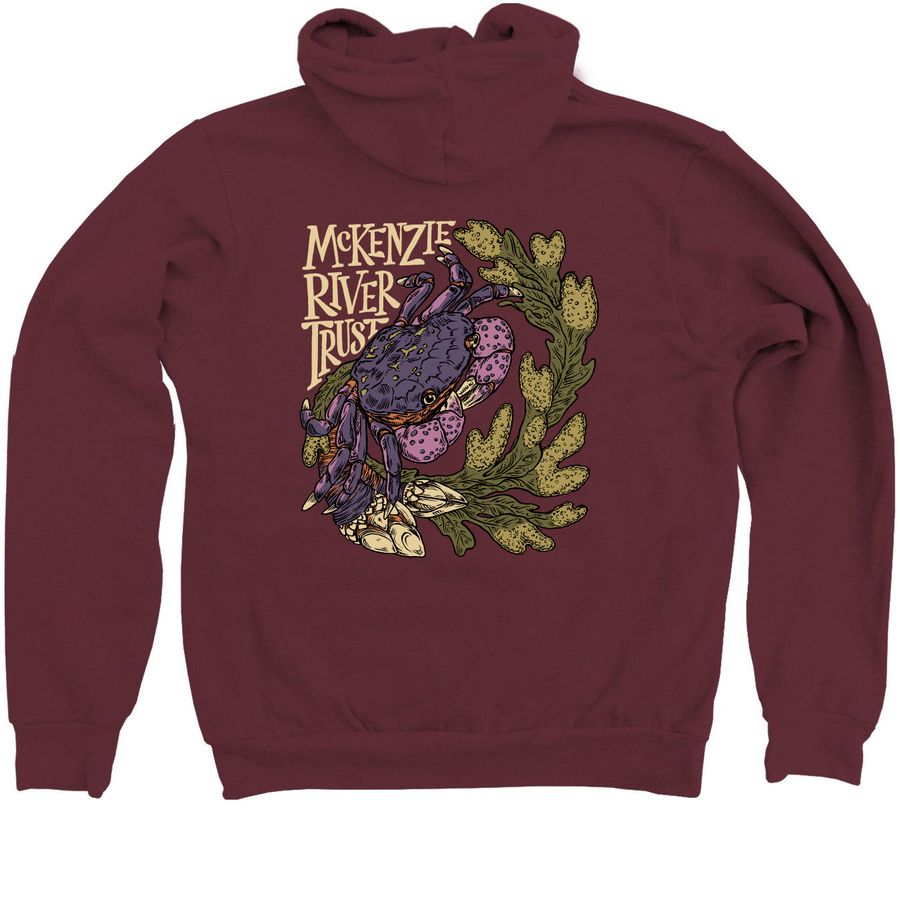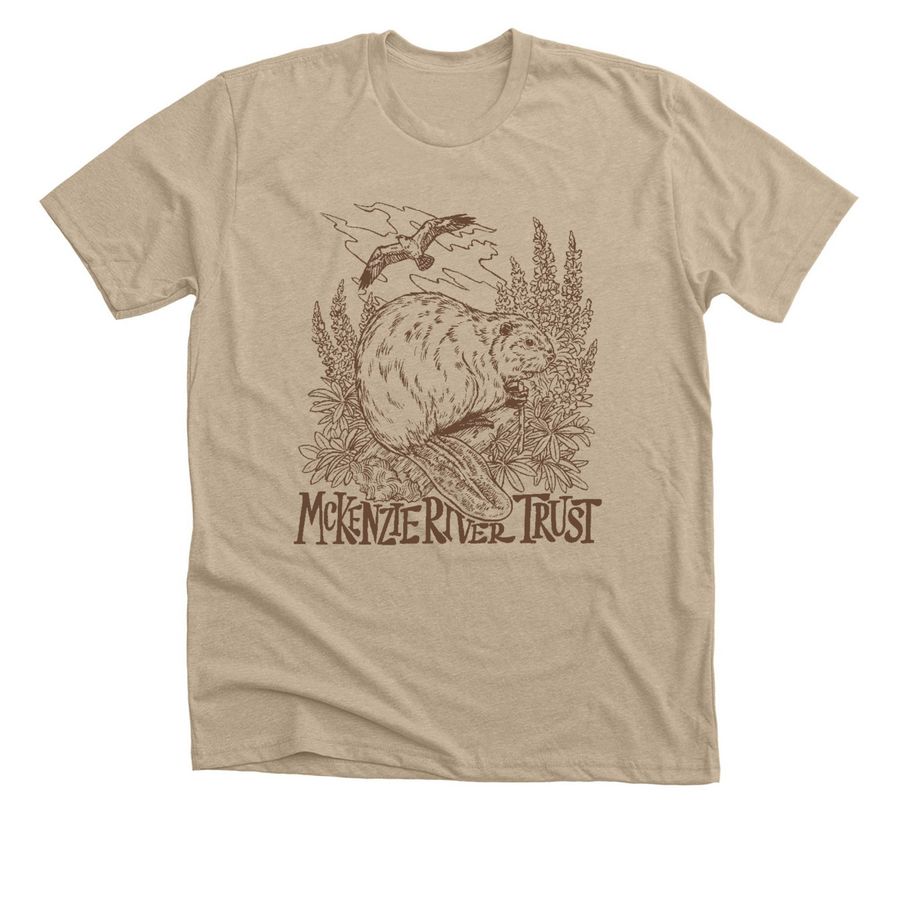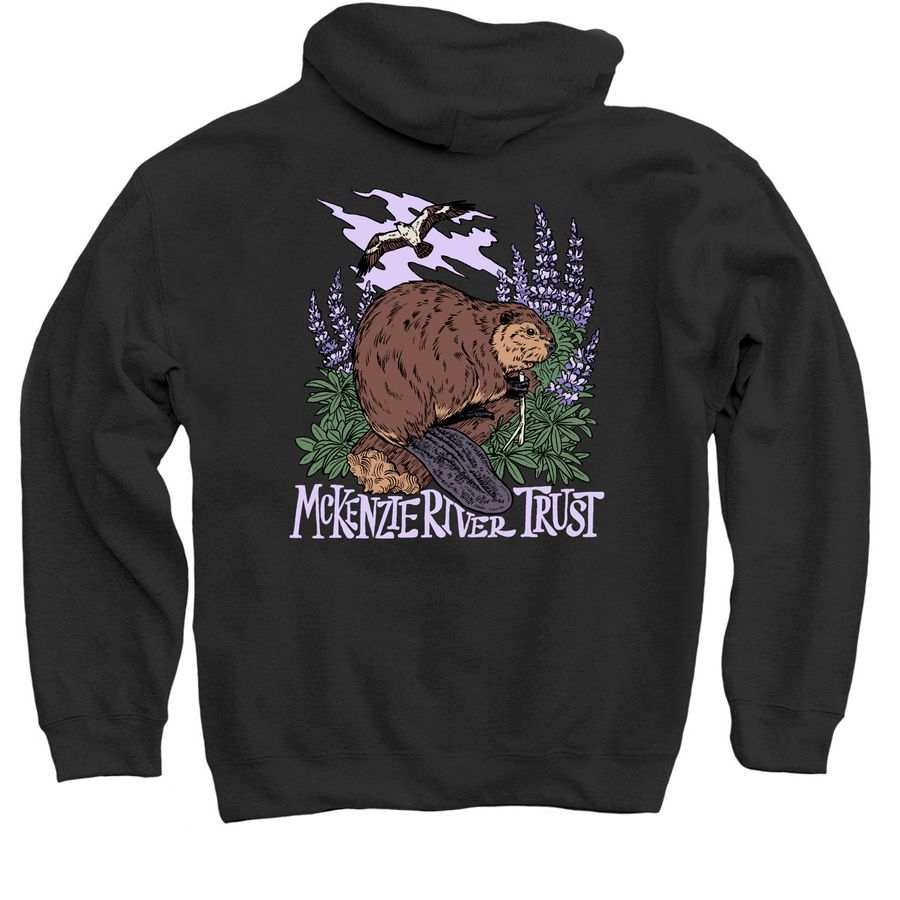Big Earth Works for Little Fish
Restoration on Green Island
![]()
The downstream run for a juvenile Chinook salmon can be a gauntlet. Flushed from mountain headwaters, they ride high winter flows with logs and stones, avoiding predators, looking for food, seeking to grow before heading out to the ocean. Floodplains and side channels can provide a bounty and a respite, but as waters drop young fish can also be cut off and isolated, trapped in pools and then puddles that warm and make them vulnerable to hungry birds, bull frogs and non-native bass.
This fall on Green Island we brought in the heavy equipment – dump trucks, backhoes, loaders, and even cranes – to provide safer passage for such small fry.
What you’ll see
The next time you cross the old McKenzie channel or “the neck” near the property’s center, you’ll see the results of three major earthworks that will make it easier for young salmon to get in and to get out of the site. The low water crossing, our road access across the historic McKenzie River channel onto the property, has been completely retrofitted with a concrete span engineered to withstand significant winter flooding. Crews have also been hard at work on a side channel of the Willamette River, placing massive logs and root-wads there, creating pools that are perfect for young salmon. And a culvert thirteen feet in diameter will help connect side channels of the mainstem Willamette to the historic McKenzie channel for longer seasonal stretches.
Why are we doing it?
These changes will provide more frequent floodplain connections, better passage for fish through the area, and better places for native fish and wildlife to thrive. The project brought more than $270,000 for local restoration contractors, including R.L. Reimers Company of Albany and the Corvallis-based River Design Group. Grants from the Bonneville Power Administration Willamette Biological Opinion Habitat Technical Team and Natural Resources Conservation Service are funding the work.
In the coming years, we expect to be carrying out similar work around the CARP ponds – the gravel mining site that we added to Green Island in 2010 – so look forward to more big equipment and earth moving on behalf of some tiny little fish.






